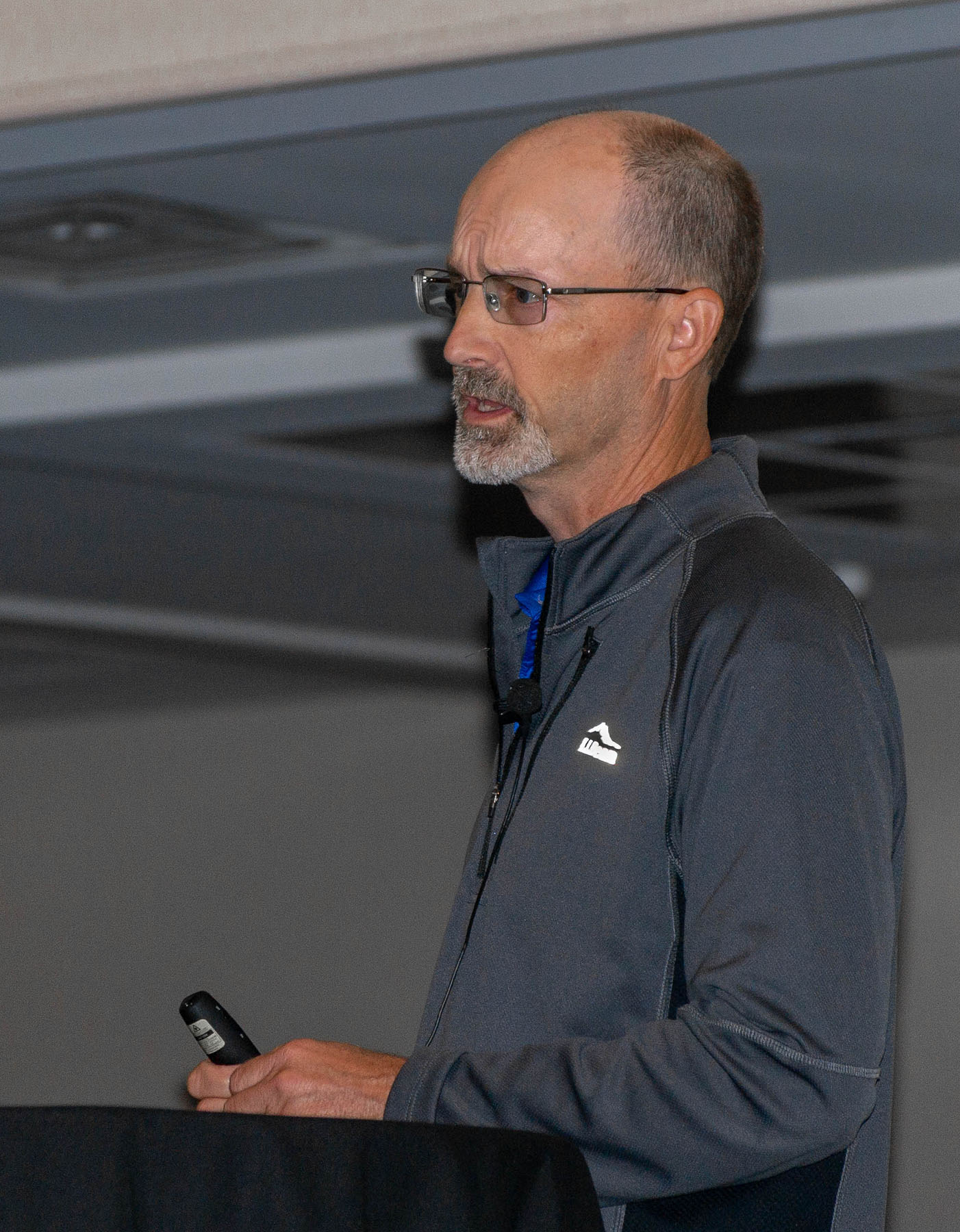



Successful hatchery-breeder management is a balance between hatchery performance and public perception
Sponsored by USPOULTRY, hatchery and breeder professionals recently gathered in Nashville, Tennessee.Sponsored by USPOULTRY, hatchery and breeder professionals recently gathered in Nashville, Tennessee, for a two-day clinic covering a variety of topics focused on best practices in hatchery and breeder management. The speakers brought expertise from all across the industry, including experienced veterinarians, hatchery managers and technical service directors.
In his presentation about the importance of maintaining animal well-being in an increasingly automated industry, David Hermes, regional director of veterinary services for Perdue Farms, advised attendees to be knowledgeable about public perception as they move towards automation.
“Everything you do is on camera. If anything is happening to pique someone’s interest, the first instinct is to grab a phone and start filming. We have to understand that we are being watched all the time,” he explained. Hermes also addressed designing and engineering welfare-friendly equipment, the impact of automation on hatcheries and future advancements in automation.

© USPOULTRY
Chase Bryant, director of US technical services for Cobb-Vantress, offered a lecture on best practices for pullet feeding programs. Though the presentation included hard data on important areas to focus on for successful feeding, Bryant emphasised the idea that a successful feeding program is unique to each hatchery, contending that “what is successful to one may not be to another.”
Furthering this point, Bryant commented, “For us to really know what a successful feeding program looks like, we are going to have to get out at the crack of dawn – up with the chickens, as the saying goes – get out there and see what is going on.”

© USPOULTRY
Michael Wineland, manager of Hatchery Consultant LLC, focused his presentation on the impact that hatchery processes can have on chick quality and performance. Pulling data from several studies, he showed how factors such as storage, temperature and humidity can influence the hatchability of chicks, which subsequently affects the success of the hatchery.
“If you look at the hatchability of eggs that have not been stored at all, you can see that freshly laid eggs do not hatch as well as eggs that have been stored for a period of time, which is what we have always known,” Wineland commented. “When you compare the viability of eggs stored in a temperature of 12 degrees Celsius as opposed to a temperature of 18 degrees Celsius, the data shows that with eggs over 10-14 days old, the lower the temperature, the higher the hatchability.”









